At 16, I was riddled with acne, and after having tried all the usual cures, I was eventually given a voucher to visit Space NK’s erstwhile spa, Spa NK, for an Eve Lom facial. As the masks were applied and removed, the therapist explained why my lymphs could really do with a bit of extra attention. I was puffy, which is a telltale sign of sluggish lymphatic drainage, and my skin misbehaved at random, which was further evidence of trouble. She showed me some simple massage movements to help to stimulate it, and sent me on my way.
After that, an obsession took hold. I wanted to understand this drainage system of the body, to unravel why some peoples’ worked really well without any help and why others, like me, might have to subscribe to a lifetime of giving it a leg up. After doing some reading and trying various commonly-accepted lymphatic drainage methods, I found a few worked especially well for me. They included gentle massage to push excess fluid to the lymph nodes, exercise, and making sure I drank enough water… and not too much wine.
When my lymph system is running well and I’ve incorporated those practices into my routine, the difference is quite astonishing. My skin sits more smoothly, hugging my body more tightly. I don’t swell up when it’s hot. I feel more energised, lighter, and healthier.
And it seems I’m not the only one honing in on the lymph system as a way to give myself a boost; Body Ballancer, a mechanical lymphatic drainage device, saw a boom in sales during the lockdown of 2020, and garnered glowing reports from customers and journalists for the host of wellbeing results.
Lymphatic drainage specialist Flavia Morellato has also had to hire additional therapists to keep up with the demand for her signature treatments. This year also saw the launch of a skincare first in the form of the brand IRÄYE, which is designed to support the lymphatic system.
I talked to lymphatic experts for the full lowdown on what you need to know about lymphatic drainage, and how to encourage yours:
What exactly does the lymphatic system do?
“The lymphatic system is the skin’s natural purification system. It consists of fragile transparent vessels that rhythmically contract to pump fluid and waste away from the skin,” explains Professor Dr. Michael Detmar, Co-Founder and Chief Scientific Officer at IRÄYE.
The waste he’s referring to includes bacteria, dead cells, foreign matter, fat, and various other waste products and, if they’re left to hang around for ages, it’s not good news: think “an inability to lose weight, feeling puffy, hormonal imbalances, compromised immunity, and being more prone to asthma, allergies, and breakouts,” according to Morellato.
Another symptom of having a poorly-functioning lymph? Premature ageing, which Detmar explains is down to the constant low-level inflammation that breaks down collagen and elastin, compromising the integrity of the skin.
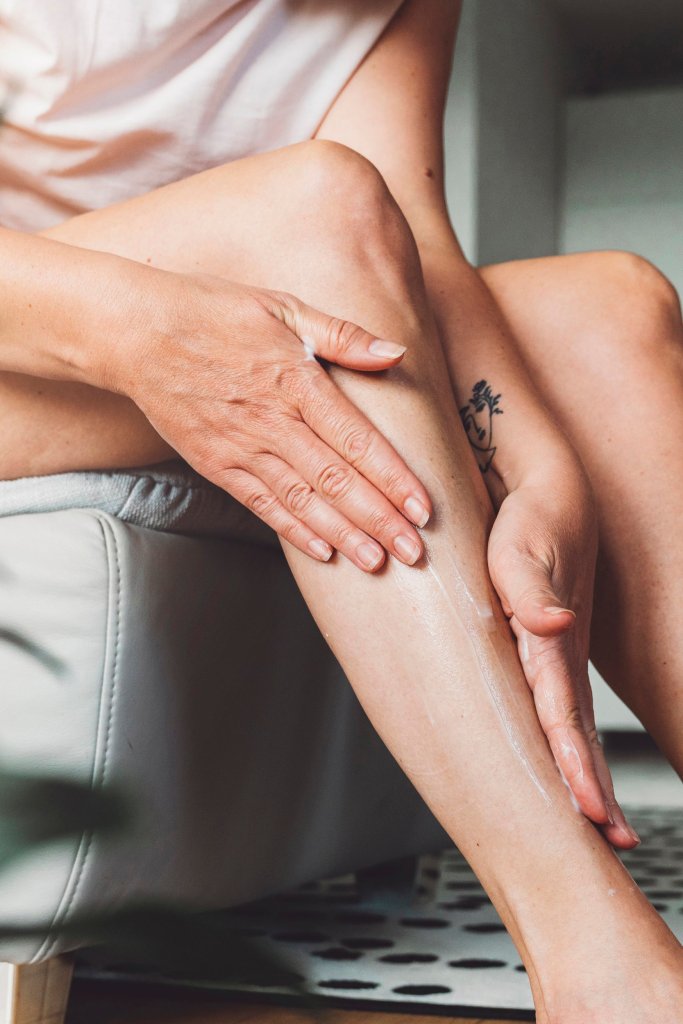
How does lymphatic drainage work, and where did it come from?
The idea behind lymphatic drainage is to encourage the fluid in the lymph towards the lymph nodes and to help the body to process the waste materials contained within. The method was pioneered in the 1930s by Drs. Emil and Estrid Vodder, and it involves rhythmic motions across the surface of the skin in the direction of the lymph nodes – think squeezing a toothpaste tube out from the bottom, but gentler. It’s been steadily growing in popularity, though with the newfound post-pandemic focus on holistic health and upping immunity, practitioners and products designed to target the lymph are on the up.
Alright, it sounds like my lymph is a bit sluggish. Can I do anything to help it out?
In a word, yes. Here are some of the main methods to give yours a major kick up the backside:
- Exercise
Dr.Ingrid Eysn, who practises at the VIVAMAYR Health Resort, explains that “exercise has a positive effect on the body’s system as a whole, and it also stimulates the lymphatic system; a lack of movement can lead to blockages in the lymph.” It doesn’t much matter what kind of exercise you opt for – any movement helps the lymph to speed up.
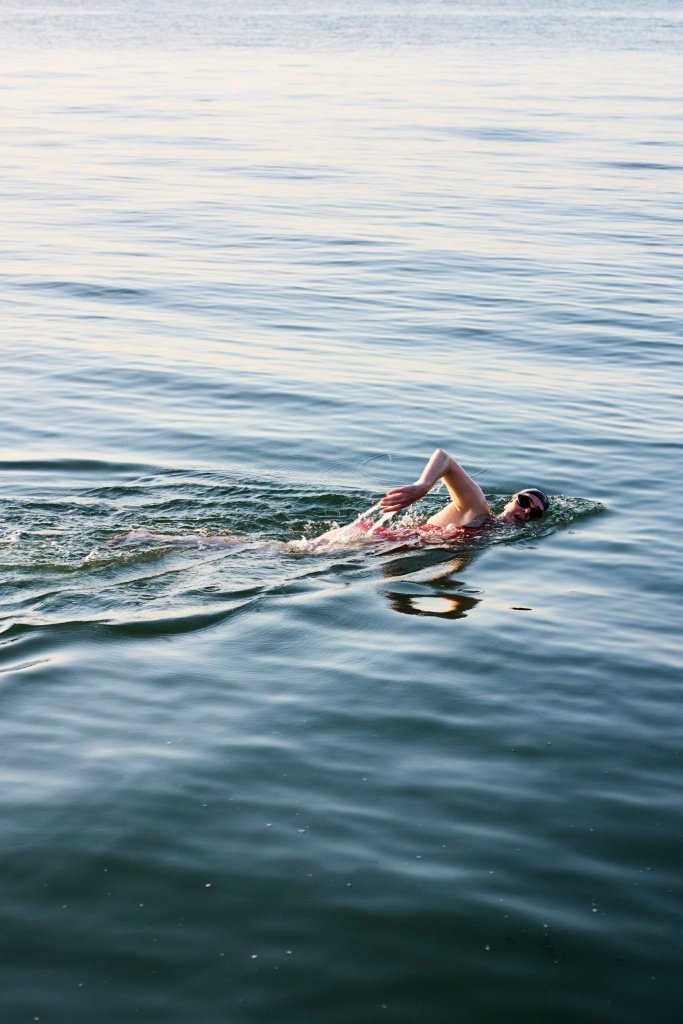
- Reducing negative emotions
Eysn adds that stress or emotional blockages can also “be reflected in the flow of the lymph.” Morellato agrees: “controlling stress levels is very important, because when we’re stressed, we increase the inflammatory process, which overloads the lymphatic system.”
Sadly, there’s no one-size-fits-all advice here, but if you are carrying a mental burden, it’s not beyond the realm of possibility that it’ll be affecting your lymphs, too. I find upping my yoga sessions and seeing a psychotherapist really helpful when I can’t quite manage my stress by myself.
- Upping hydration
All the experts emphasised this one, because essentially when we are sufficiently hydrated, our lymph system flows better, and is then better able to eliminate the toxins which are at the root of so many of the issues associated with poor lymphatic drainage. Not sure of how much to drink? Eysn suggests an adult of average height and weight should aim for “one and a half to two litres of water per day – if necessary, for example due to heat or sports, you should drink more.”
“Don’t forget that the water we consume via food can be counted towards our fluid balance – fruit and vegetables, in addition to grain-based products such as rice or pasta, consist of varying ratios of water.”
- Breathing exercises
Morellato encourages clients to try diaphragmatic breathing to reduce stagnation. You can find plenty of breath work on Youtube, so search for diaphragmatic exercises or practices to find one which works well for you. I found one produced by the Massachusetts General Hospital, which explained the basic tenets that are really easy to follow.
- Massage
Lymphatic massage is a big part of helping your lympths to bounce back. I like using a gua sha (try a stainless steel one for the body such as this Stainless Steel Gua Sha, £35, Cosmetic Acupuncture Wisdom), applying a body oil like the Coco Rose Soft Glow Body Oil, £35, Herbivore first to prep the skin, then allowing the gua sha to glide across seamlessly. Equally, a body brush like the Revive Body Brush, £26, Aromatherapy Associates, can work well. You could even just use your hands!
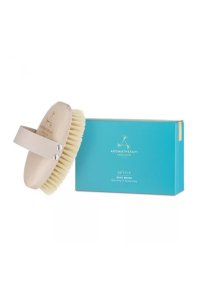
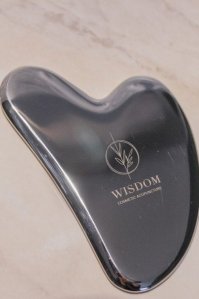
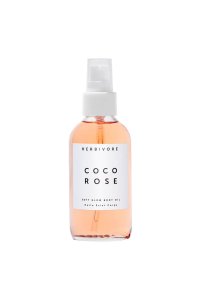
*Eliza may earn commission on sales from these product links
Whichever tool you choose, the main thing to remember is to always work towards the heart and lymph nodes (the primary ones are located in the groin, under the arms, and around the collar bone).
For guidance on technique, have a look through Katie Brindle’s instagram page; she makes videos and reels on how to gua sha effectively for different concerns regularly.
While daily measures lay a good foundation for speeding the lymph along, if you need something more intensive, this is where experts really come into their own. VIVAMAYR offer a manual abdominal treatment daily on their Cure programme in Austria, while Flavia and her team perform a full body massage either in the clinic or at home to speed the lymph. I’ve tried both and was quite amazed at how quickly drainage happened in their hands.










